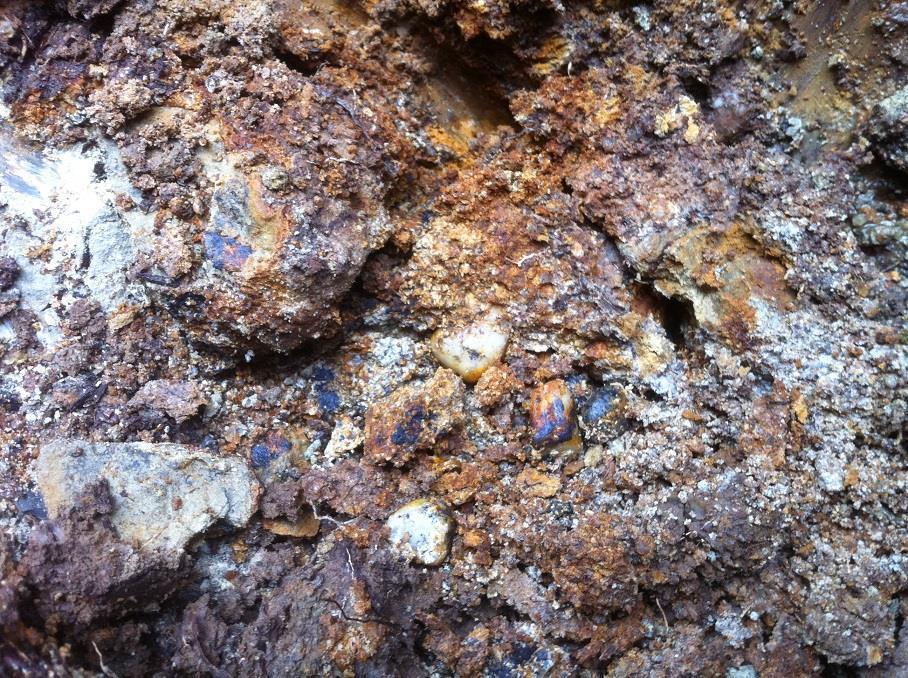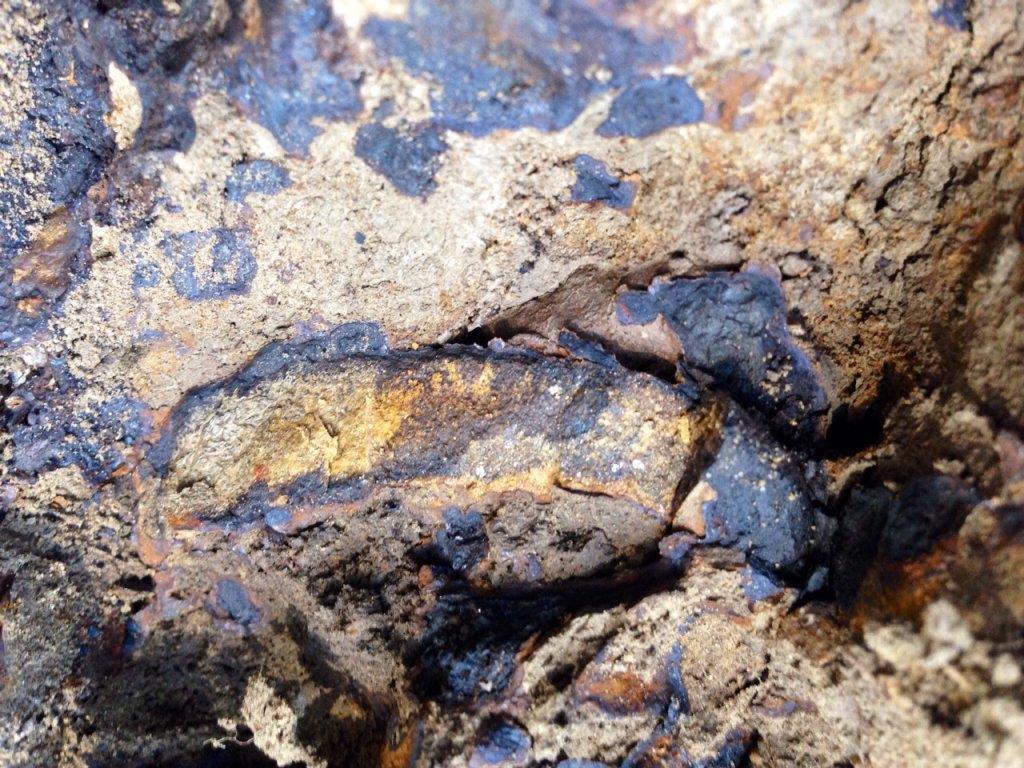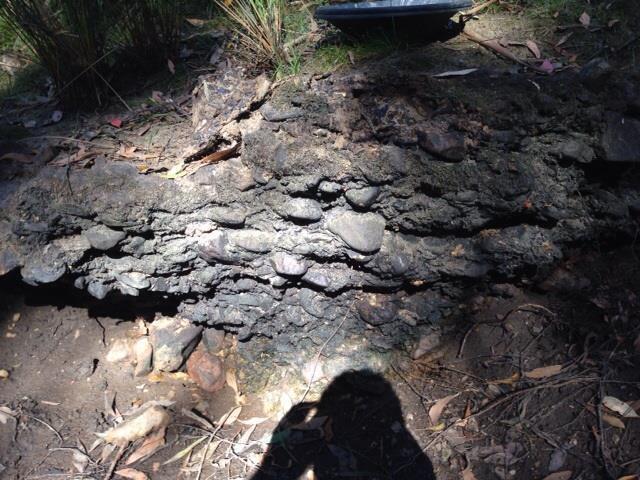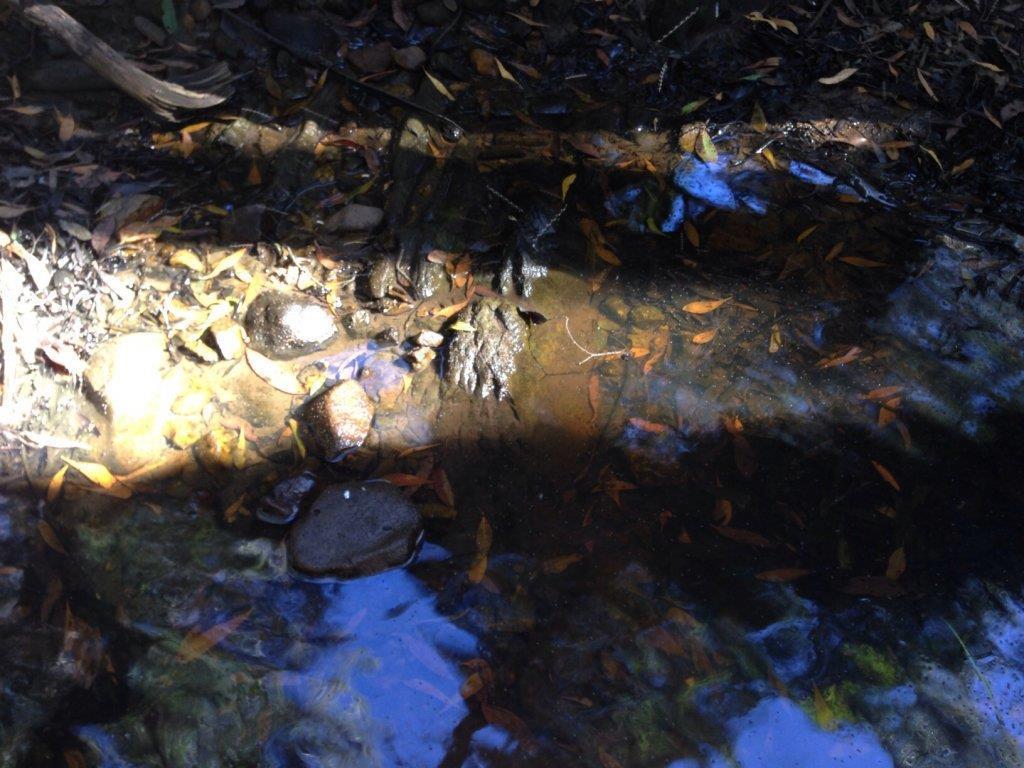- Joined
- Dec 27, 2013
- Messages
- 135
- Reaction score
- 28
HeadsUp said:Hare_Twigga said:I know a bit about it. You can dig a hole 5ft x 2.5ft x 5ft deep in 2-3hrs approx. cleaning out the gravel another hour or so and filling it back in takes about 40 mins approx. Each ft deeper than this add at least another hour. I've found enough gold by doing this to pay for my time and effort a couple of times. The old timers saying of "Three in one hundred" has been true for me. Most holes I dig I get nothing,a speck or two.
The plus for us is while the old timers would dig down to it , very few if any people have done it in modern times
So in theory we will have 130 years of gold buildup under those gravel bars
If i had a spot close to home i would do it but you really need to own the spot "through frequent attendance"
The other question is , will 130 years of floods give productive gold compared to thousands of years of build up that the old timers scored ?
130 years of floods only washes around the bit they left behind IMO. I only sink holes well away from creeks,rivers etc I think it's best to look for area's that has never been touched. I'm not sure what it is but when I find old washes that haven't been messed with it has this shiny, black,rainbow coating on it?







